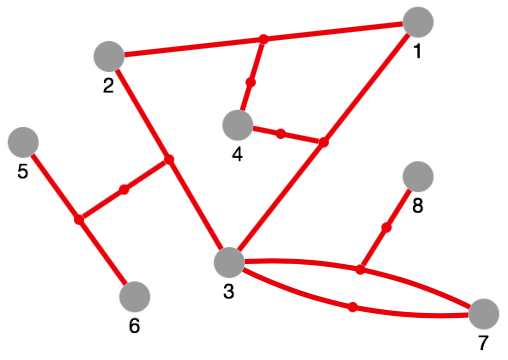

Attributes include the properties that are associated with the nodes. In this Shiva network tool, however, "class" establishes the attributes that are associated with nodes and edges. "Node" has the same meaning as it does in Gephi or Cytoscape and "link" is equivalent to "edge". This is to say that the content of the first column always is a categorical descriptor (node, link, or class) rather than a specific entity (like a specific person's name). If you have used a network-visualization tool like Cytoscape or Gephi, you should know that the data structure for this tool is a little different in that it combines nodes and edges into a single table. "class" – styles a node or link by creating a specific styling class, or styling type.You can have as many components as you like, as long as they are in one of these categories: Row formatting depends on the component type. In Mandala Visuals, the styling is also a component of your network graph.Įach row in the Network spreadsheet represents a graph component. Some nodes are circles and some are triangles. For example, some links are dotted lines, and some are solid lines. A larger weight indicates a stronger force, thereby making a shorter edge. You have to specify the weight function in the layout options. In our example, links and nodes also have different styling. machineghost on edgeLengthVal is part of Cola.js (which the demo was also demonstrating), and there is no way to control edge length with Cytoscape proper edgeLengthVal is part of Cola.js, but there's another way to control edge length with only Cytoscape. So, I am assuming I can turn the distance measures I have into 'similarity' measures and use them for 'weight'. Nodes and links are components of the graph. The lines that connect two shapes are links. In the example above, the shapes are all nodes.
#Cytoscape space between nodes series#
Network graphs are a series of nodes connected by edges or links. Their purpose is to position the nodes of a graph in two-dimensional or three-dimensional space so that all the edges are of more or less equal length and. Here's a visual representation of a network graph: You build network visualizations using network graphs.


 0 kommentar(er)
0 kommentar(er)
